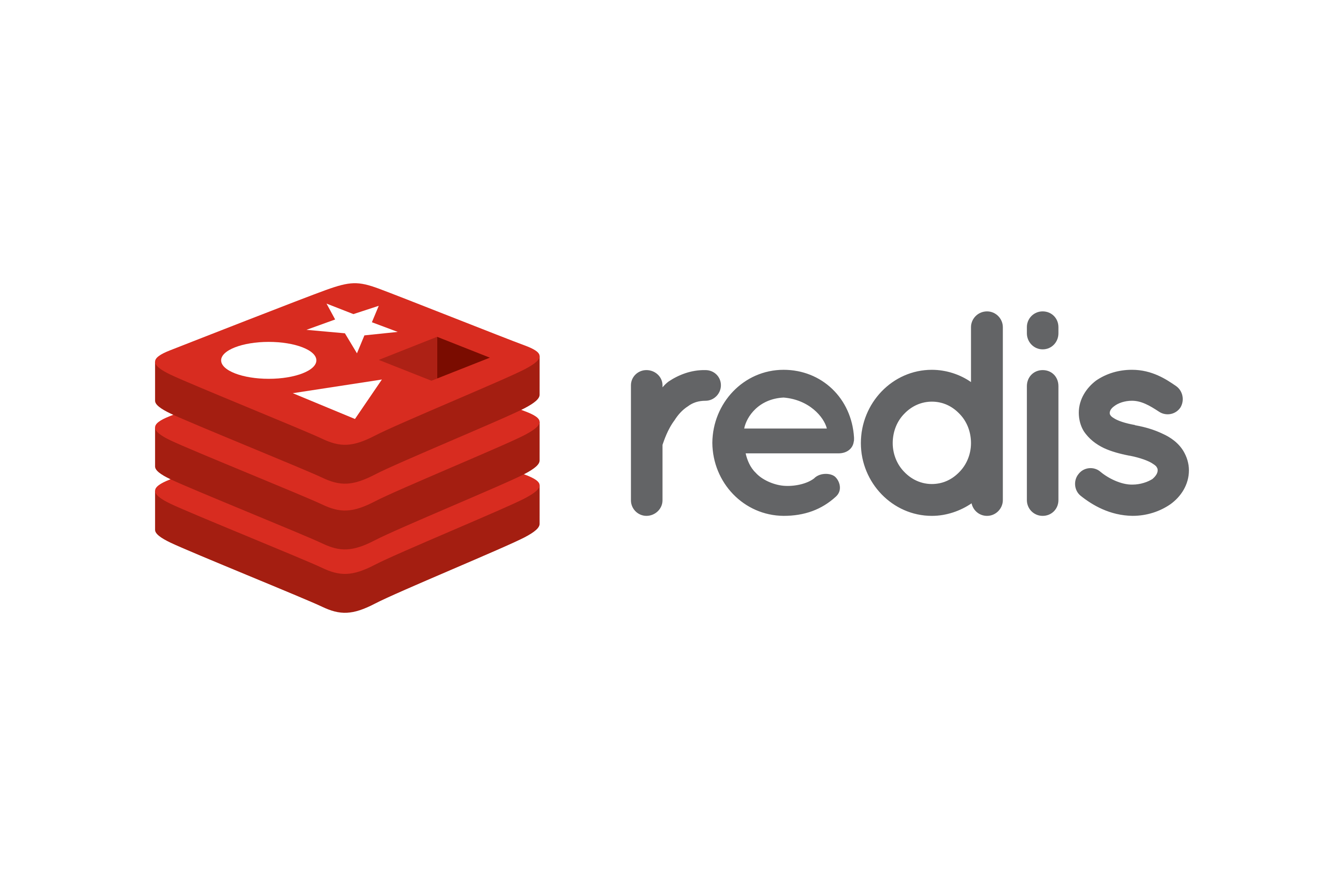🌱 Spring Boot - 从零开始 欢迎来到Spring Boot!这篇文章将带你从零开始,掌握Spring Boot开发的基本流程。
📋 目录
环境准备 项目创建 基础配置 第一个Controller 数据库集成 RESTful API开发 测试与调试 打包与部署
🛠️ 环境准备 1. 必需软件安装 Java 开发环境 1 2 3 java -version javac -version
开发工具选择
IntelliJ IDEA (推荐)Eclipse Visual Studio Code (配合Java扩展)
Maven 构建工具 2. 环境变量配置 1 2 3 4 5 6 7 set JAVA_HOME=C:\Program Files\Java\jdk-17set PATH=%JAVA_HOME%\bin;%PATH%export JAVA_HOME=/usr/lib/jvm/java-17-openjdkexport PATH=$JAVA_HOME /bin:$PATH
🚀 项目创建 方法一:使用 Spring Initializr 网站
访问 https://start.spring.io/
配置项目基本信息:
1 2 3 4 5 6 7 8 9 10 Project: Maven Project Language: Java Spring Boot: 3.2.x (最新稳定版) Group: com.example Artifact: demo Name: demo Description: Demo project for Spring Boot Package name: com.example.demo Packaging: Jar Java: 17
添加依赖项:
Spring Web - 构建Web应用Spring Data JPA - 数据访问层H2 Database - 内存数据库(开发测试用)MySQL Driver - MySQL数据库驱动Spring Boot DevTools - 开发工具
点击 Generate 下载项目压缩包
方法二:使用 IDE 创建 IntelliJ IDEA 创建步骤: 1 2 3 4 5 1. File → New → Project 2. 选择 Spring Initializr 3. 配置项目信息 (同上) 4. 选择依赖项 5. Create
方法三:使用命令行 1 2 3 spring init --dependencies=web,data-jpa,h2,mysql,devtools demo cd demo
⚙️ 基础配置 1. 项目结构解析 1 2 3 4 5 6 7 8 9 10 11 12 13 14 src/ ├── main/ │ ├── java/ │ │ └── com/example/demo/ │ │ ├── DemoApplication.java # 主启动类 │ │ ├── controller/ # 控制器层 │ │ ├── service/ # 服务层 │ │ ├── repository/ # 数据访问层 │ │ └── model/ # 实体类 │ └── resources/ │ ├── application.properties # 主配置文件 │ ├── static/ # 静态资源 │ └── templates/ # 模板文件 └── test/ # 测试代码
2. 配置文件设置 application.properties 1 2 3 4 5 6 7 8 9 10 11 12 13 14 15 16 17 18 server.port =8080 server.servlet.context-path =/api spring.datasource.url =jdbc:mysql://localhost:3306/demo_db spring.datasource.username =root spring.datasource.password =123456 spring.datasource.driver-class-name =com.mysql.cj.jdbc.Driver spring.jpa.hibernate.ddl-auto =update spring.jpa.show-sql =true spring.jpa.properties.hibernate.format_sql =true logging.level.com.example.demo =DEBUG logging.pattern.console =%d{yyyy-MM-dd HH:mm:ss} - %msg%n
或使用 application.yml (推荐) 1 2 3 4 5 6 7 8 9 10 11 12 13 14 15 16 17 18 19 20 21 22 23 24 25 server: port: 8080 servlet: context-path: /api spring: datasource: url: jdbc:mysql://localhost:3306/demo_db username: root password: 123456 driver-class-name: com.mysql.cj.jdbc.Driver jpa: hibernate: ddl-auto: update show-sql: true properties: hibernate: format_sql: true logging: level: com.example.demo: DEBUG pattern: console: "%d{yyyy-MM-dd HH:mm:ss} - %msg%n"
🎯 第一个Controller 1. 创建简单的Hello World 1 2 3 4 5 6 7 8 9 10 11 12 13 14 15 16 17 18 19 20 21 22 23 24 package com.example.demo.controller;import org.springframework.web.bind.annotation.*;@RestController @RequestMapping("/hello") public class HelloController { @GetMapping public String hello () { return "Hello, Spring Boot!" ; } @GetMapping("/{name}") public String helloWithName (@PathVariable String name) { return "Hello, " + name + "!" ; } @PostMapping public String createHello (@RequestBody String message) { return "Received: " + message; } }
2. 启动应用 1 2 3 4 5 6 7 8 9 10 11 12 package com.example.demo;import org.springframework.boot.SpringApplication;import org.springframework.boot.autoconfigure.SpringBootApplication;@SpringBootApplication public class DemoApplication { public static void main (String[] args) { SpringApplication.run(DemoApplication.class, args); } }
3. 测试接口 1 2 3 curl http://localhost:8080/api/hello curl http://localhost:8080/api/hello/张三
🗄️ 数据库集成 1. 创建实体类 1 2 3 4 5 6 7 8 9 10 11 12 13 14 15 16 17 18 19 20 21 22 23 24 25 26 27 28 29 30 31 32 33 34 35 36 37 38 39 40 41 42 43 44 package com.example.demo.model;import jakarta.persistence.*;import java.time.LocalDateTime;@Entity @Table(name = "users") public class User { @Id @GeneratedValue(strategy = GenerationType.IDENTITY) private Long id; @Column(nullable = false, unique = true) private String username; @Column(nullable = false) private String email; @Column(name = "created_at") private LocalDateTime createdAt; public User () {} public User (String username, String email) { this .username = username; this .email = email; this .createdAt = LocalDateTime.now(); } public Long getId () { return id; } public void setId (Long id) { this .id = id; } public String getUsername () { return username; } public void setUsername (String username) { this .username = username; } public String getEmail () { return email; } public void setEmail (String email) { this .email = email; } public LocalDateTime getCreatedAt () { return createdAt; } public void setCreatedAt (LocalDateTime createdAt) { this .createdAt = createdAt; } }
2. 创建Repository接口 1 2 3 4 5 6 7 8 9 10 11 12 13 14 15 16 17 18 19 20 21 22 23 package com.example.demo.repository;import com.example.demo.model.User;import org.springframework.data.jpa.repository.JpaRepository;import org.springframework.data.jpa.repository.Query;import org.springframework.stereotype.Repository;import java.util.List;import java.util.Optional;@Repository public interface UserRepository extends JpaRepository <User, Long> { Optional<User> findByUsername (String username) ; Optional<User> findByEmail (String email) ; @Query("SELECT u FROM User u WHERE u.username LIKE %?1%") List<User> findByUsernameContaining (String username) ; }
3. 创建Service层 1 2 3 4 5 6 7 8 9 10 11 12 13 14 15 16 17 18 19 20 21 22 23 24 25 26 27 28 29 30 31 32 33 34 35 36 37 38 39 40 41 42 package com.example.demo.service;import com.example.demo.model.User;import com.example.demo.repository.UserRepository;import org.springframework.beans.factory.annotation.Autowired;import org.springframework.stereotype.Service;import java.util.List;import java.util.Optional;@Service public class UserService { @Autowired private UserRepository userRepository; public List<User> getAllUsers () { return userRepository.findAll(); } public Optional<User> getUserById (Long id) { return userRepository.findById(id); } public User createUser (User user) { return userRepository.save(user); } public User updateUser (Long id, User userDetails) { User user = userRepository.findById(id) .orElseThrow(() -> new RuntimeException ("User not found" )); user.setUsername(userDetails.getUsername()); user.setEmail(userDetails.getEmail()); return userRepository.save(user); } public void deleteUser (Long id) { userRepository.deleteById(id); } }
🌐 RESTful API开发 创建完整的用户管理API 1 2 3 4 5 6 7 8 9 10 11 12 13 14 15 16 17 18 19 20 21 22 23 24 25 26 27 28 29 30 31 32 33 34 35 36 37 38 39 40 41 42 43 44 45 46 47 48 49 50 51 52 53 54 55 56 package com.example.demo.controller;import com.example.demo.model.User;import com.example.demo.service.UserService;import org.springframework.beans.factory.annotation.Autowired;import org.springframework.http.ResponseEntity;import org.springframework.web.bind.annotation.*;import java.util.List;@RestController @RequestMapping("/users") @CrossOrigin(origins = "*") public class UserController { @Autowired private UserService userService; @GetMapping public List<User> getAllUsers () { return userService.getAllUsers(); } @GetMapping("/{id}") public ResponseEntity<User> getUserById (@PathVariable Long id) { return userService.getUserById(id) .map(user -> ResponseEntity.ok().body(user)) .orElse(ResponseEntity.notFound().build()); } @PostMapping public User createUser (@RequestBody User user) { return userService.createUser(user); } @PutMapping("/{id}") public ResponseEntity<User> updateUser (@PathVariable Long id, @RequestBody User userDetails) { try { User updatedUser = userService.updateUser(id, userDetails); return ResponseEntity.ok(updatedUser); } catch (RuntimeException e) { return ResponseEntity.notFound().build(); } } @DeleteMapping("/{id}") public ResponseEntity<?> deleteUser(@PathVariable Long id) { userService.deleteUser(id); return ResponseEntity.ok().build(); } }
🧪 测试与调试 1. 单元测试 1 2 3 4 5 6 7 8 9 10 11 12 13 14 15 16 17 18 19 20 21 22 23 24 25 26 27 28 29 30 31 32 33 34 35 36 37 38 39 40 41 package com.example.demo.service;import com.example.demo.model.User;import com.example.demo.repository.UserRepository;import org.junit.jupiter.api.Test;import org.junit.jupiter.api.extension.ExtendWith;import org.mockito.InjectMocks;import org.mockito.Mock;import org.mockito.junit.jupiter.MockitoExtension;import java.util.Arrays;import java.util.List;import static org.junit.jupiter.api.Assertions.*;import static org.mockito.Mockito.*;@ExtendWith(MockitoExtension.class) class UserServiceTest { @Mock private UserRepository userRepository; @InjectMocks private UserService userService; @Test void getAllUsers_ShouldReturnAllUsers () { User user1 = new User ("user1" , "user1@email.com" ); User user2 = new User ("user2" , "user2@email.com" ); List<User> expectedUsers = Arrays.asList(user1, user2); when (userRepository.findAll()).thenReturn(expectedUsers); List<User> actualUsers = userService.getAllUsers(); assertEquals(expectedUsers.size(), actualUsers.size()); verify(userRepository, times(1 )).findAll(); } }
2. 集成测试 1 2 3 4 5 6 7 8 9 10 11 12 13 14 15 16 17 18 19 20 21 22 23 24 25 26 27 28 29 30 31 32 33 34 35 36 37 package com.example.demo.controller;import com.example.demo.model.User;import com.fasterxml.jackson.databind.ObjectMapper;import org.junit.jupiter.api.Test;import org.springframework.beans.factory.annotation.Autowired;import org.springframework.boot.test.autoconfigure.web.servlet.AutoConfigureWebMvc;import org.springframework.boot.test.context.SpringBootTest;import org.springframework.http.MediaType;import org.springframework.test.context.TestPropertySource;import org.springframework.test.web.servlet.MockMvc;import static org.springframework.test.web.servlet.request.MockMvcRequestBuilders.*;import static org.springframework.test.web.servlet.result.MockMvcResultMatchers.*;@SpringBootTest @AutoConfigureWebMvc @TestPropertySource(locations = "classpath:application-test.properties") class UserControllerTest { @Autowired private MockMvc mockMvc; @Autowired private ObjectMapper objectMapper; @Test void createUser_ShouldReturnCreatedUser () throws Exception { User user = new User ("testuser" , "test@email.com" ); mockMvc.perform(post("/api/users" ) .contentType(MediaType.APPLICATION_JSON) .content(objectMapper.writeValueAsString(user))) .andExpect(status().isOk()) .andExpected(jsonPath("$.username" ).value("testuser" )); } }
3. 使用Postman测试API 1 2 3 4 5 6 7 8 9 10 11 12 13 14 15 16 17 18 19 20 { "username" : "testuser" , "email" : "test@example.com" } { "username" : "updateduser" , "email" : "updated@example.com" }
📦 打包与部署 1. Maven打包 1 2 3 4 5 6 7 8 mvn clean package mvn clean package -DskipTests target/demo-0.0.1-SNAPSHOT.jar
2. 运行JAR文件 1 2 3 4 5 6 7 8 java -jar target/demo-0.0.1-SNAPSHOT.jar java -jar target/demo-0.0.1-SNAPSHOT.jar --spring.profiles.active=prod java -jar target/demo-0.0.1-SNAPSHOT.jar --server.port=9090
3. Docker部署 Dockerfile 1 2 3 4 5 6 7 8 9 FROM openjdk:17 -jdk-slimWORKDIR /app COPY target/demo-0.0.1-SNAPSHOT.jar app.jar EXPOSE 8080 ENTRYPOINT ["java" , "-jar" , "app.jar" ]
构建和运行 1 2 3 4 5 docker build -t spring-boot-demo . docker run -p 8080:8080 spring-boot-demo
4. 生产环境配置 application-prod.yml 1 2 3 4 5 6 7 8 9 10 11 12 13 14 15 16 17 18 19 20 server: port: 8080 spring: datasource: url: jdbc:mysql://prod-db:3306/prod_db username: ${DB_USERNAME} password: ${DB_PASSWORD} jpa: hibernate: ddl-auto: validate show-sql: false logging: level: root: INFO com.example.demo: INFO file: name: /var/log/spring-boot-demo.log
🎉 总结 恭喜!你已经完成了Spring Boot从零开始的完整学习之旅。通过这个教程,你学会了:
✅ 环境搭建 - Java、Maven、IDE配置项目创建 - 使用Spring Initializr快速创建项目基础开发 - Controller、Service、Repository三层架构数据库集成 - JPA/Hibernate使用API开发 - RESTful接口设计与实现测试编写 - 单元测试和集成测试部署上线 - JAR打包、Docker容器化
🚀 下一步学习建议
Spring Security - 添加认证授权Spring Cloud - 微服务架构Redis集成 - 缓存优化消息队列 - RabbitMQ/Kafka监控与日志 - Actuator、ELK栈
Happy coding! 🎯
作者 : 五子棋发布时间 : 2025年9月4日标签 : #SpringBoot #Java #后端开发 #教程itle: SpringBoot-从零开始



